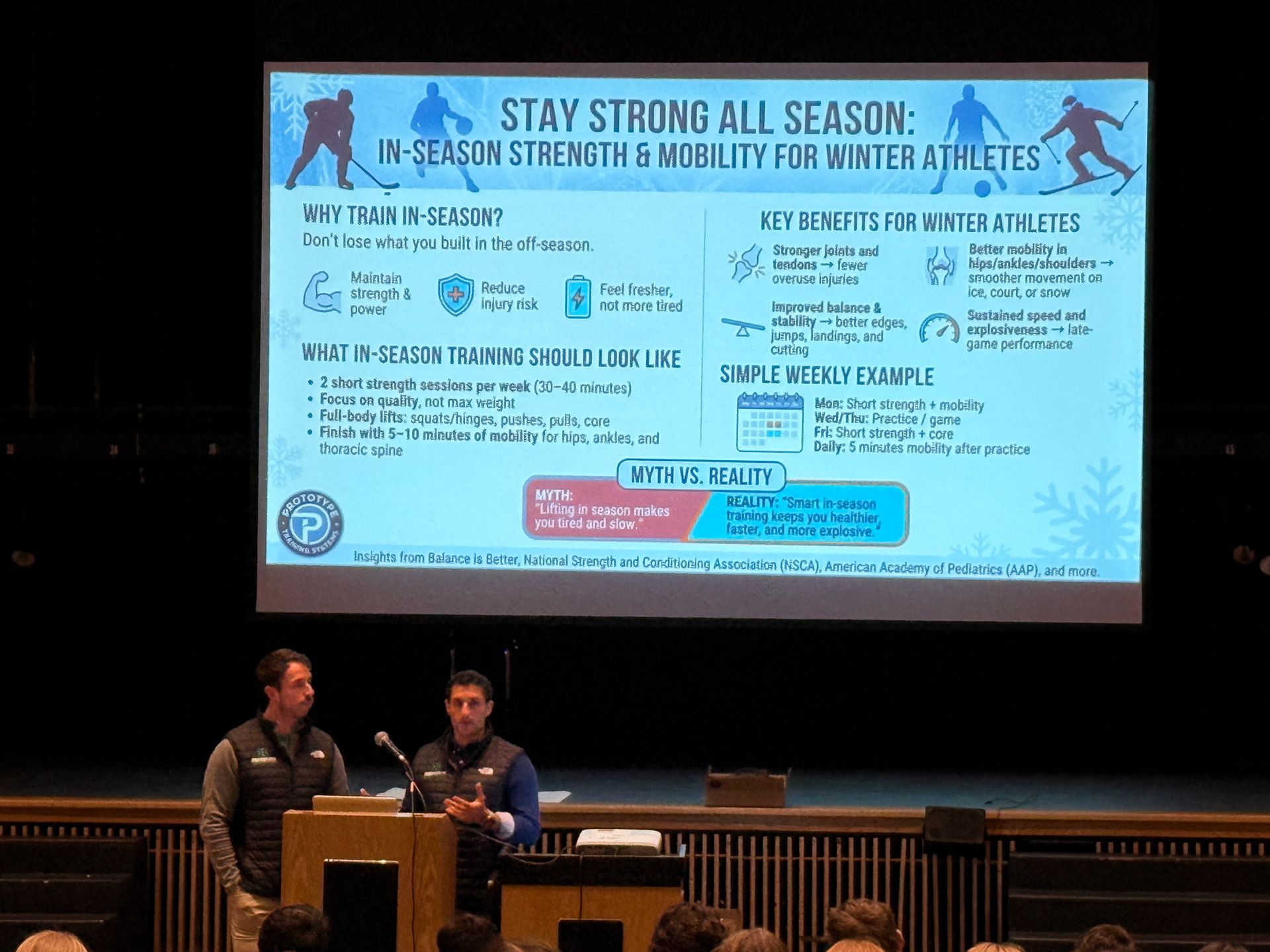Kids vs. Veggies
Kids Vs. Veggies
How to get your kids to eat their Veggies!
By: Sam Russo R.D (Prototype Training Coach)

Kids are notorious for avoiding anything green (unless it’s M&Ms or gummy bears). Broccoli? Nope. Celery? Nope. Spinach? Don’t even ask.
The challenge is that vegetables are an important source of micronutrients, which we all need in our diet. Micronutrients are especially important for your child’s growth and development, so the question becomes, “how do I add more veggies to their daily intake?”. The answer does not need to be complicated. Here are six of my favorite ways to get your kids interested in eating those veggies!
- Play the color game – each meal needs 3 different colors and, no, ketchup does not count.
- Serve the same vegetable in a variety of ways – think steamed, grilled, fried, baked – the possibilities are endless! Along the same line of thinking, serve the veggies cut into fun shapes. For example, cucumbers can be sliced into rounds, spears, or cut with small cookie cutters to make them more appealing.
- Let the kids help with the cooking – the more your kids are involved in the process, the more they will want to try a new food. Let them choose the veggies at the grocery store, let them wash the veggies with you, or (if they are old enough) let them do some of the peeling or cutting.
- Dip veggies in dressing or cover with butter – kids are growing and need all the nutrients they can get. A little extra flavor in the form of fats is more than appropriate developmentally!
- Sneak a few extra veggies into their favorite meals – carrots into bolognese, cauliflower into mac and cheese, zucchini into stir fry, etc. This preps their taste buds for when you offer these veggies in their whole form. Just be sure there are no food allergies when going this route!
All of these are great options, but my favorite hack (by a longshot) is giving your kids the choice of what they want.
- Offer two vegetable options for your kids to choose from – no alternatives. This works best at snack time when the option becomes “Carrots or celery?” instead of “What do you want?” because it limits the possibilities while still providing your kids some agency.
This is my favorite for two reasons. First, it teaches kids that vegetables are an appropriate and delicious snack. Second, the concept of providing an “either-or” choice can be translated into a multitude of other situations. For example:
- Do you want to drink water from the red cup or blue cup today?
- Would you rather load the dishwasher or vacuum the living room?
- Do you want to wear your sweatshirt or jacket when we go outside?
- Would you rather start with your math homework or science project?
You all know – better than me – how much your kids love being given some responsibility. By providing and “either-or” choice, you are giving them perceived responsibility, while you still have control over the overall outcome (i.e., your kids eat more veggies).
So, give some of these a try! Maybe prep together over the weekend when you have a little extra time, then give the color game a whirl during the week, and offer two veggie options during snack time every now and then. Good luck!
The post Kids vs. Veggies appeared first on Prototype Training Systems.
Previous Blogs


Climb to New Heights
Prototype Training Systems is more than a gym - it is a lifestyle. Join us today!


